What is a High Capacity LiPo Battery?
Lithium Polymer (LiPo) batteries are widely used in various applications, from consumer electronics to hobbyist drones and industrial equipment. Understanding the capacity of these batteries and how to choose the right one is crucial for optimal performance and safety. This article delves into the key aspects of LiPo battery capacity, its measurement, and considerations for selecting the appropriate battery for your needs.
What's the capacity of a lipo battery?
The capacity of a LiPo battery refers to the amount of electrical charge it can store, which determines how long the battery can power a device before needing a recharge. Capacity is typically measured in milliampere-hours (mAh) or ampere-hours (Ah), where 1 Ah equals 1000 mAh. mAh stands for milliampere-hour, which is a unit of electric charge commonly used to measure the capacity of a battery. It indicates how much current a battery can supply over a certain period. For example, a 1000 mAh battery can theoretically deliver 1000 milliamperes (mA) of current for one hour, 500 mA for two hours, 100 mA for ten hours, and so on. In practical terms, a higher mAh rating generally means a longer battery life for the device it powers, assuming the device's power consumption remains constant.
How to calculate lipo battery capacity?
Calculating the capacity of a LiPo battery involves understanding its discharge rate and the duration for which it can deliver power. The basic formula to calculate capacity is:
Capacity (mAh)=Current (mA)×Time (hours)Capacity (mAh)=Current (mA)×Time (hours)
For example, if a battery can provide 1000 mA for 2 hours, its capacity would be:
1000 mA×2 hours=2000 mAh1000mA×2hours=2000mAh
What is a high capacity lipo battery?
A high capacity LiPo battery has a larger mAh rating compared to standard batteries, allowing it to store more energy and provide power for a longer duration. The specific capacity at which a LiPo battery is considered high capacity can vary depending on the application and the context within the market. In general, for hobbyist and consumer-grade drones, a high capacity LiPo battery might be considered one that exceeds 3000mAh or even 4000mAh, as these sizes offer longer flight times compared to lower capacity batteries commonly used in these applications. For industrial or professional drones, the threshold for high capacity might be higher, with batteries exceeding 10,000mAh or more. These larger capacities are necessary to power drones for extended periods, enabling tasks like aerial photography, mapping, or surveillance over longer distances and durations.
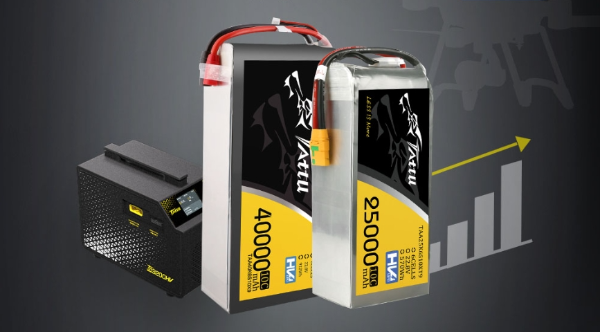
What is the maximum capacity of a lipo battery?
The maximum capacity of a LiPo battery depends on its design, size, and the number of cells it contains. In general, larger and more advanced batteries have higher capacities. Currently, commercially available LiPo batteries can reach capacities of up to 20000 mAh or more, although these are typically used in specialized industrial or high-performance applications, such as electric vehicles, heavy-duty drones, and backup power systems.
What is the energy capacity of a lipo battery?
The energy capacity of a LiPo battery is measured in watt-hours (Wh) and is calculated by multiplying the battery's voltage (V) by its capacity (Ah). The formula is:
Energy Capacity (Wh)=Voltage (V)×Capacity (Ah)Energy Capacity (Wh)=Voltage (V)×Capacity (Ah)
For example, a 4S (14.8V) LiPo battery with a capacity of 5000 mAh (5 Ah) would have an energy capacity of:
14.8 V×5 Ah=74 Wh14.8V×5Ah=74Wh
What capacity of lipo battery should I choose?
Choosing the right capacity for a LiPo battery depends on the specific requirements of your application:
●For RC vehicles and drones: Consider the weight and balance. Higher capacity batteries provide longer flight times but are heavier.
●For portable electronics: Higher capacity batteries ensure longer usage between charges, but size and weight should be considered for portability.
●For industrial applications: High capacity batteries are essential for extended operations and reliability.
In conclusion, understanding the capacity of LiPo batteries is vital for optimizing their performance and ensuring they meet the demands of your specific application. By considering factors such as mAh rating, energy capacity, and application requirements, you can select the ideal LiPo battery for your needs.
Can I use a higher capacity LiPo battery than recommended?
In fact, you can use a higher capacity LiPo battery than recommended, but there are several important factors and constraints to consider, primarily related to voltage and current, to ensure compatibility and safety for your drone's motor and Electronic Speed Controller (ESC).
Voltage (Cell Count):
●Voltage Compatibility: Ensure the voltage (measured in cells or "S") of the new battery matches the voltage recommended for your drone’s motor and ESC. For example, if your system is designed for a 4S (14.8V) battery, using a battery with a higher voltage, such as a 6S (22.2V), without checking compatibility can damage your motor and ESC.
●Overvoltage Risks: Exceeding the recommended voltage can lead to overheating, reduced lifespan, or immediate damage to your motor and ESC.
Current (Discharge Rate and Capacity):
●Capacity (mAh): The capacity of a battery (measured in milliamp-hours, mAh) determines how long it can provide a specific current before needing a recharge. A higher capacity battery will generally provide longer flight times.
●Discharge Rate (C Rating): Ensure the battery's discharge rate (C rating) meets or exceeds the requirements of your drone's motor and ESC. A higher capacity battery often has a sufficient discharge rate, but this should be verified.
●Formula: The maximum current (Amps) that the battery can provide is given by Capacity (mAh) × C Rating / 1000. For example, a 5000mAh battery with a 20C rating can provide a maximum current of 100A.
Physical Size and Weight:
Size and Weight Constraints: Higher capacity batteries are generally larger and heavier. Ensure your drone can physically accommodate the battery and that the additional weight does not negatively impact flight performance or exceed the drone’s payload capacity.
How do I safely charge a high capacity LiPo battery?
Safely charging a high capacity LiPo (Lithium Polymer) battery requires following some important guidelines to avoid damage, overheating, or even fire. Here's a general process to safely charge your high capacity LiPo battery:
●Use a LiPo-compatible charger: Ensure your charger is designed for LiPo batteries and has the correct voltage and current settings for your battery.
●Choose the right charging mode: LiPo chargers typically offer several modes (such as balance charge, fast charge, and storage charge). For regular charging, use the balance charge mode, which helps ensure each cell in the battery is charged evenly.
●Set the correct voltage and current: Refer to your battery's specifications for the correct charging voltage and current (usually labeled as "C-rating"). Avoid charging at a rate higher than the battery's recommended maximum charge rate.
Conclusion
In conclusion, understanding the capacity of LiPo batteries is vital for optimizing their performance and ensuring they meet the demands of your specific application. By considering factors such as mAh rating, energy capacity, and application requirements, you can select the ideal LiPo battery for your needs. As a global leading lipo battery manufacturer, Grepow offers professional standard and customizable high capacity lipo battery (up to 90000mAh) solutions to meet the needs of all knids of consumer and industrial applications. If you have any questions or needs, please feel free to contact us at info@grepow.com.
Related Articles
-
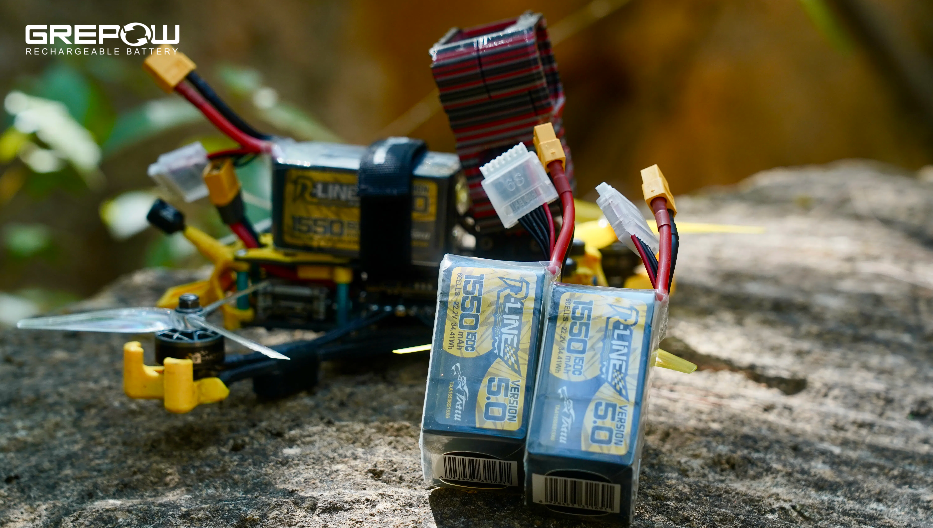
What Is a 7 Inch FPV Drone?
2025-04-15 -
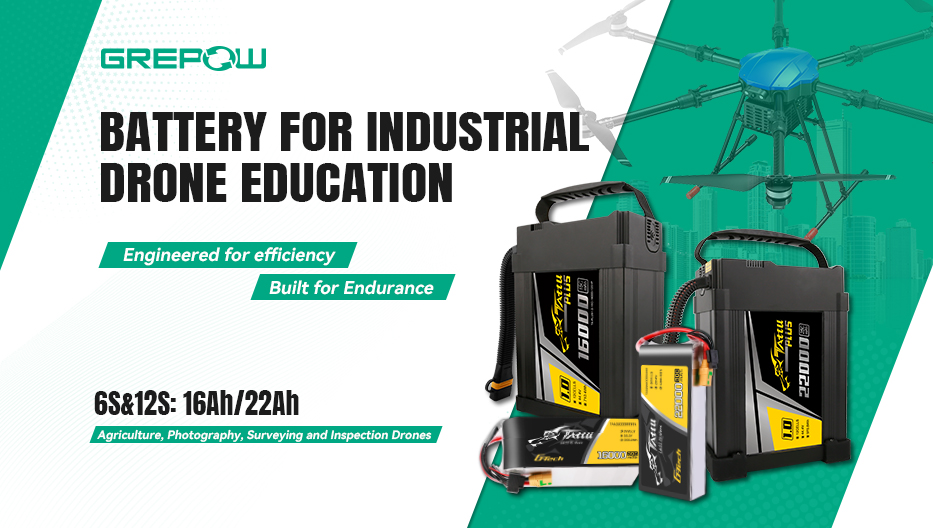
Empowering Drone Training with Grepow’s Tailored Battery Solutions
2025-04-15 -
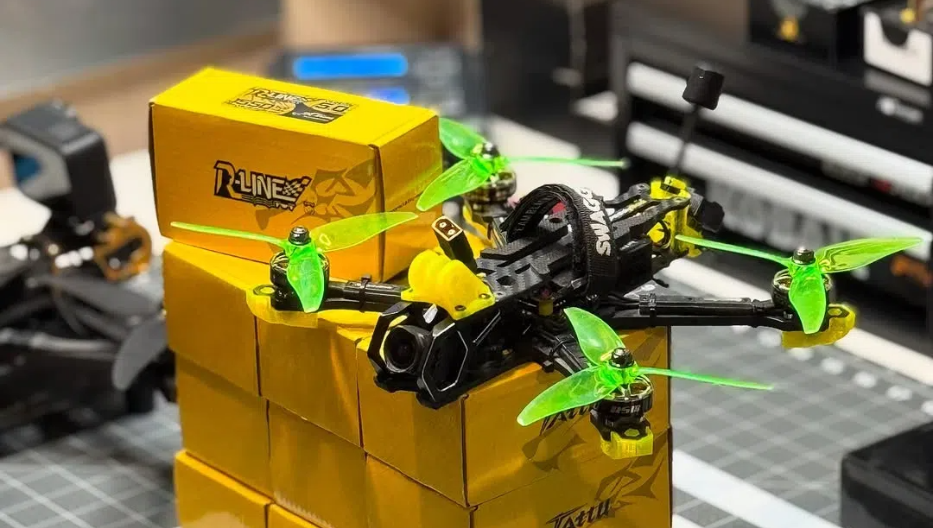
FPV Drone Types: All You Need to Know
2025-03-06
Related products
-
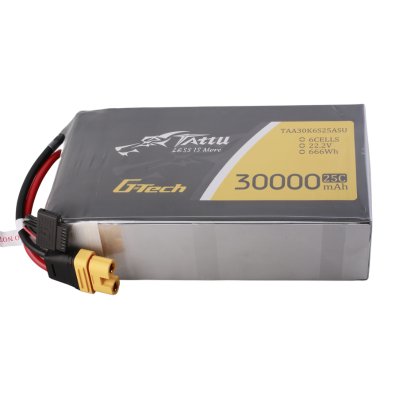
Tattu G-Tech 25C 6S 30Ah 22.2V Lipo Drone Battery
-
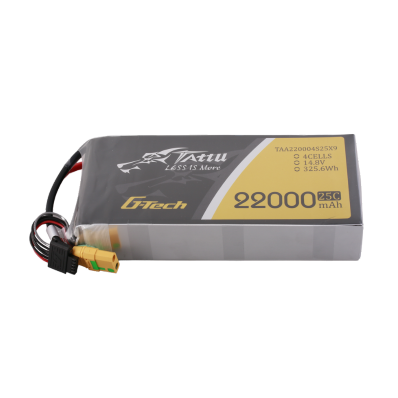
Tattu G-Tech 4S 22000mAh 14.8V 25C Lipo Drone Battery
-
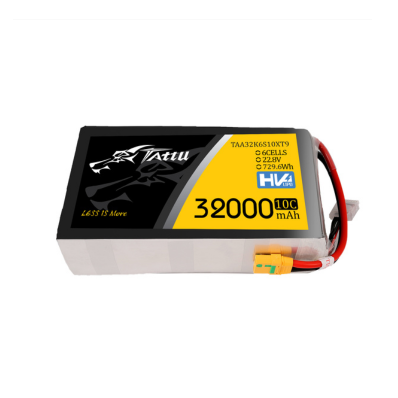
Tattu 6S 32Ah 22.8V 10C HV Lipo Drone Battery
-
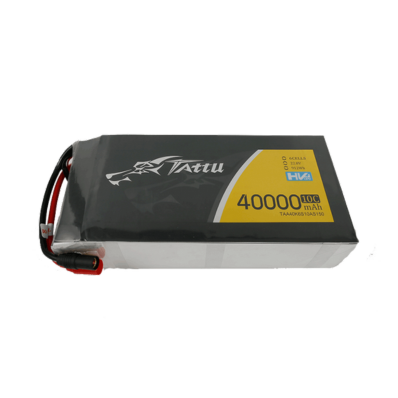
Tattu 6S 40Ah 22.8V 10C HV Lipo Drone Battery
-
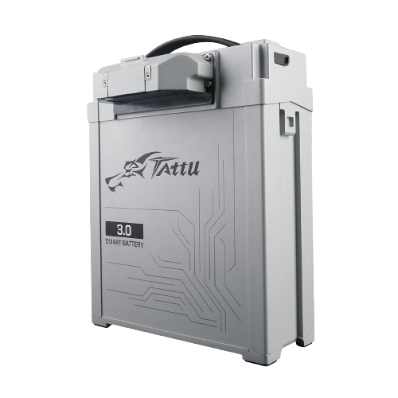
Tattu 3.0 14S 28000mAh 53.2V 25C HV Lipo Smart Drone Battery
-
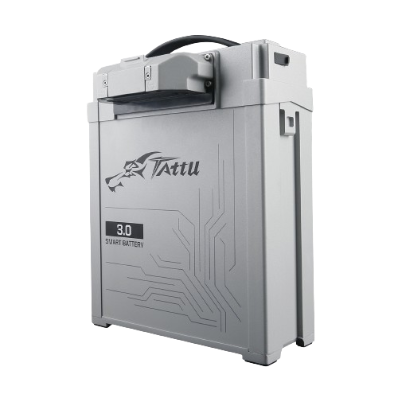
Tattu 3.0 14S 25000mAh 51.8V 25C Lipo Smart Drone Battery
-
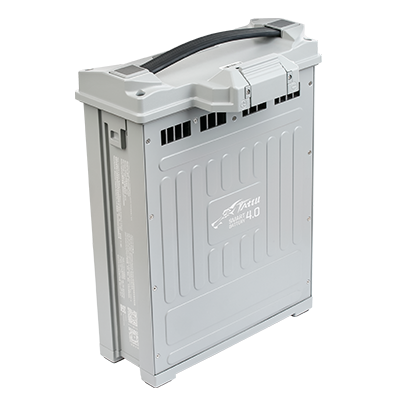
Tattu 4.0 14S 30Ah HV 35C 53.2V Lipo Smart Drone Battery
-
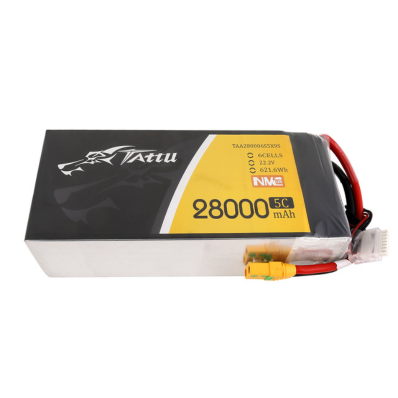
28000mAh 22.2V 6S Semi-Solid State Battery Pack

















































